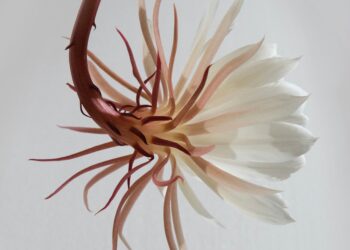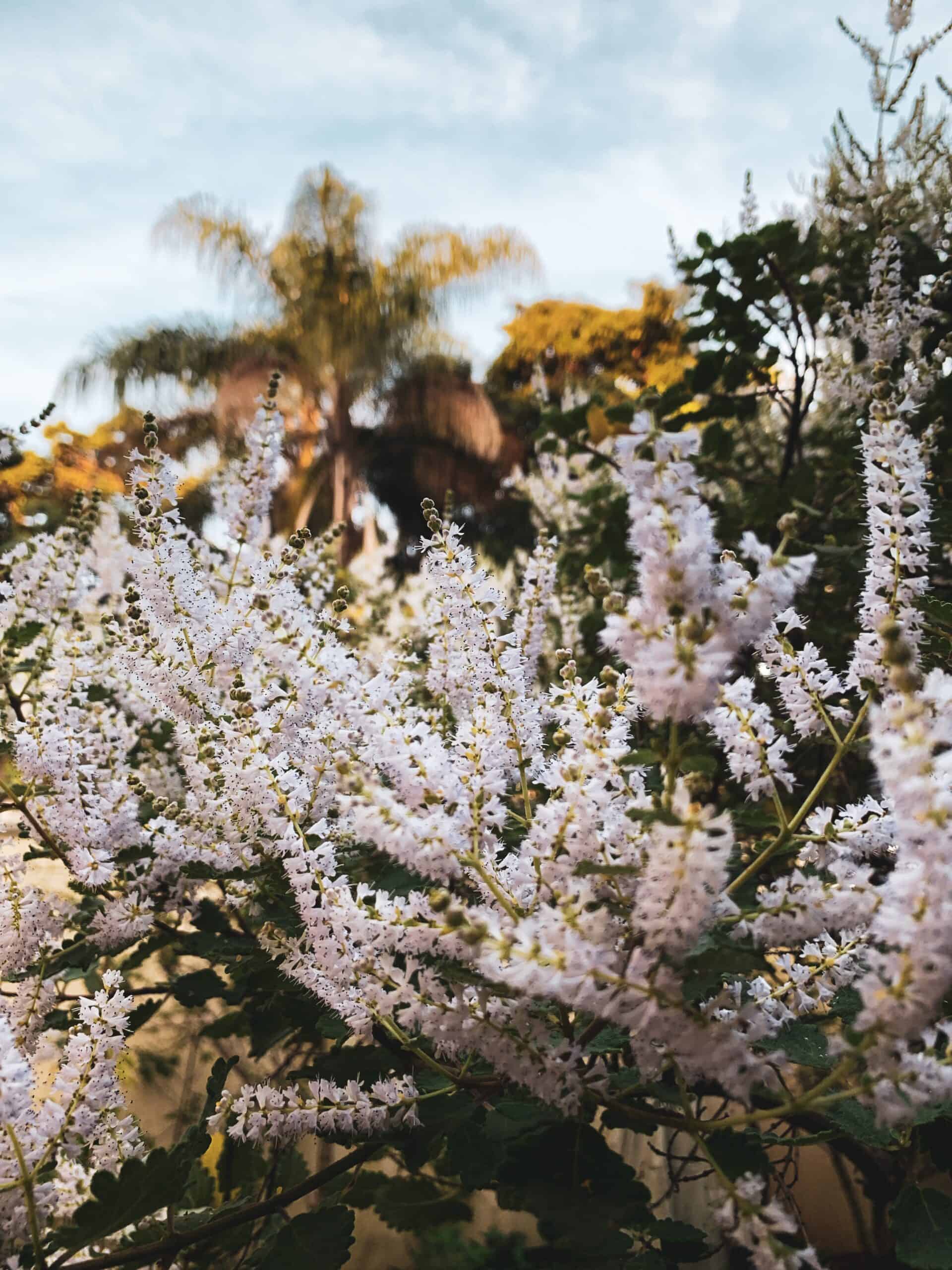Discover the meaning and symbolism of the pansy flower, including its associations with love and affection, contemplation and reflection, loyalty and faithfulness, strength and courage. Learn about the cultural significance of the pansy flower, including its use in literature, art, and herbal remedies. Explore the various colors of the pansy flower and their different meanings, and find out how it has been featured in movies and books throughout history.
The pansy flower is a small, colorful flower with red, purple, or yellow petals native to Europe and Asia. The word “pansy” comes from the French word “pensée,” which means “thought,” and it is believed to be derived from the flower’s appearance, which is said to resemble a human face with two eyes and a mouth. The word “pansy” is also sometimes used as a term of endearment, particularly in the context of romantic love.
Pansy flower by color
Pansy flowers come in a wide range of colors, including red, purple, yellow, blue, white, and orange. Each color of the pansy flower is thought to hold a different meaning and symbolism. For example:
- Red pansy flowers are often seen as a symbol of love and passion;
- Yellow pansy flowers are often seen as a symbol of joy and happiness;
- Purple pansy flowers are often seen as a symbol of royalty and nobility;
- White pansy flowers are often seen as a symbol of purity and innocence.
Pansy flower meaning
The pansy flower is often associated with several meanings, depending on its color and context. In general, the pansy flower is seen as a symbol of love and affection, as it is known for its sweet and gentle nature and its ability to bring joy and happiness to those who receive it. The pansy flower is also sometimes seen as a symbol of contemplation and reflection, as its name suggests. This is because the pansy flower is often associated with taking time to think and ponder the deeper questions of life.
Pansy Symbolism
In addition to its meanings of love and contemplation, the pansy flower is also sometimes seen as a symbol of loyalty and faithfulness. This is because the pansy flower is known for its resilience and ability to withstand harsh conditions, which can be seen as a metaphor for the strength of a loyal and faithful relationship. The pansy flower is also sometimes seen as a symbol of strength and courage, as it can thrive and flourish even in the face of adversity.
Pansy in History
The pansy flower has a rich cultural history and has been used in various ways throughout the ages. In ancient times, the pansy flower was believed to have medicinal properties and was used to treat several different ailments. The pansy flower was also sometimes used in perfumes and fragrances, as it was believed to have a sweet and pleasant scent.
Pansy Mythology
In mythology, the pansy flower is often associated with love and romance. In Greek mythology, the pansy flower was believed to symbolize Eros, the god of love and desire. In Norse mythology, the pansy flower was believed to be a symbol of the goddess Freya, who was the goddess of love, beauty, and fertility. In Celtic mythology, the pansy flower was believed to be a symbol of the goddess Brigid, who was the goddess of love and fertility.
Pansy in Religious Books
The pansy flower is not mentioned frequently in the Bible, Quran, or Tora. However, the pansy flower is often associated with themes of love and affection that are present in these religious texts. For example:
- In the Bible, the pansy flower is mentioned as a symbol of the love and affection between a husband and wife (Song of Solomon 2:1).
- In the Quran, the pansy flower is mentioned as a symbol of the love and affection between God and his people (Surah 5:54).
- In the Tora, the pansy flower is mentioned as a symbol of the love and affection between God and his chosen people, the Israelites (Deuteronomy 7:13).
Pansy in Movies
The pansy flower has made several appearances in movies over the years.
- In the movie “The Secret Life of Walter Mitty,” the pansy flower is used as a symbol of the main character’s love and affection for his wife.
- In the movie “Sense and Sensibility,” the pansy flower is used as a symbol of the main character’s love and affection for her husband.
- In the movie “Romeo and Juliet,” the pansy flower symbolizes the love and affection between the two main characters.
Pansy in Books
The pansy flower has also appeared in several books over the years.
- In the book “Pride and Prejudice,” the pansy flower symbolizes the love and affection between the main characters, Elizabeth and Darcy.
- In the book “Jane Eyre,” the pansy flower symbolizes the love and affection between the main character, Jane, and her husband, Rochester.
- In the book “Wuthering Heights,” the pansy flower symbolizes the love and affection between the main characters, Catherine and Heathcliff.
The pansy flower is often used in literature as a metaphor for the depth and intensity of romantic love.
Uses
The pansy flower is still widely used and appreciated for its beauty and symbolism. The pansy flower is often used in floral arrangements and bouquets, as it adds a touch of color and cheer to any setting. The pansy flower is also often used in landscaping and gardening, as it can thrive in various environments and conditions. The pansy flower is also sometimes used in herbal remedies and natural health products, as it is believed to have several beneficial properties.
Conclusion
In conclusion, the pansy flower is a small, colorful flower with a rich cultural history and a number of meanings and symbols associated with it. The pansy flower is often seen as a symbol of love and affection, contemplation and reflection, loyalty and faithfulness, and strength and courage. The pansy flower has been used in various ways throughout the ages, including in medicine, perfumes, literature, art, and landscaping. Today, the pansy flower is still widely appreciated for its beauty and symbolism and is often used in floral arrangements, bouquets, and herbal remedies.
What we love from Amazon this week
Buy these wonderful flowers directly from Amazon:




















